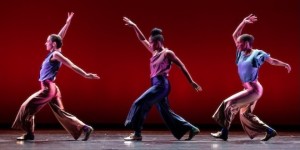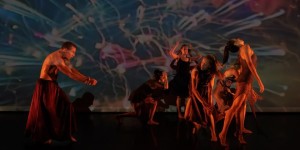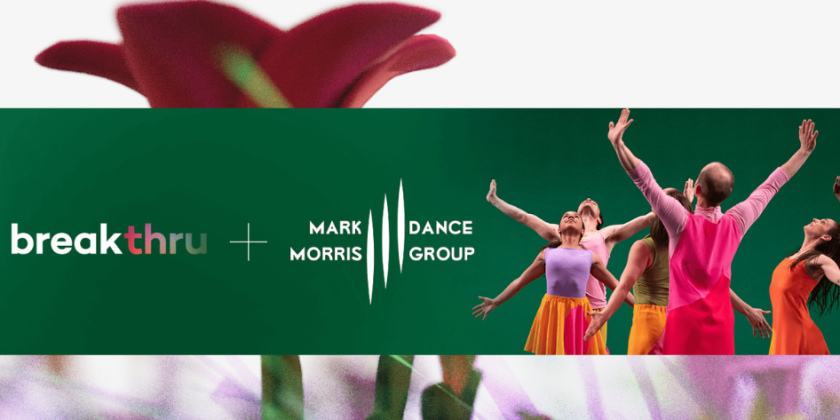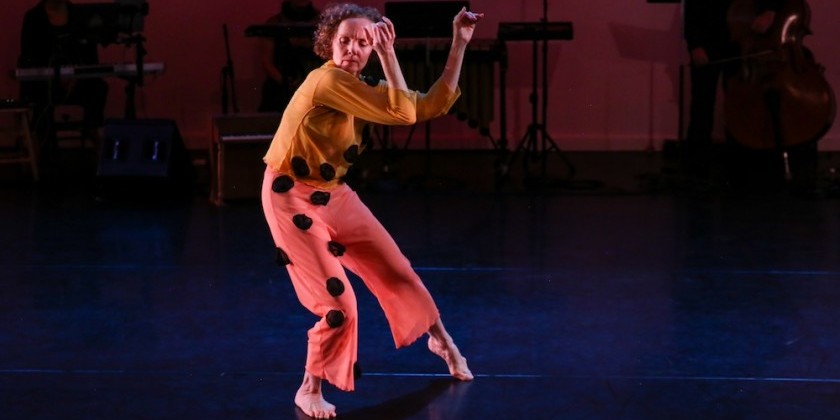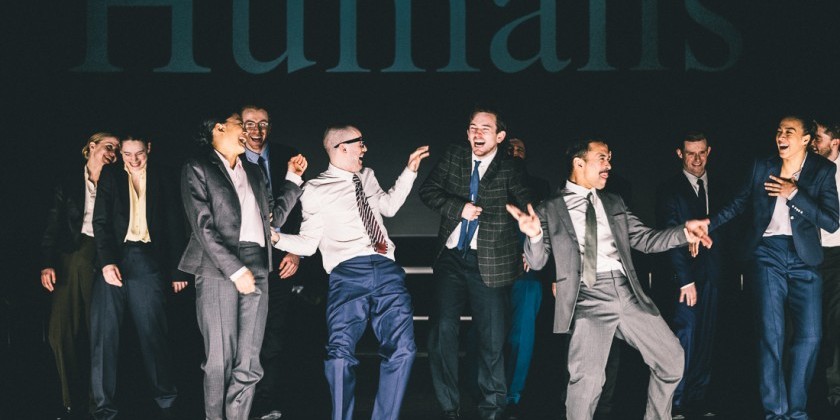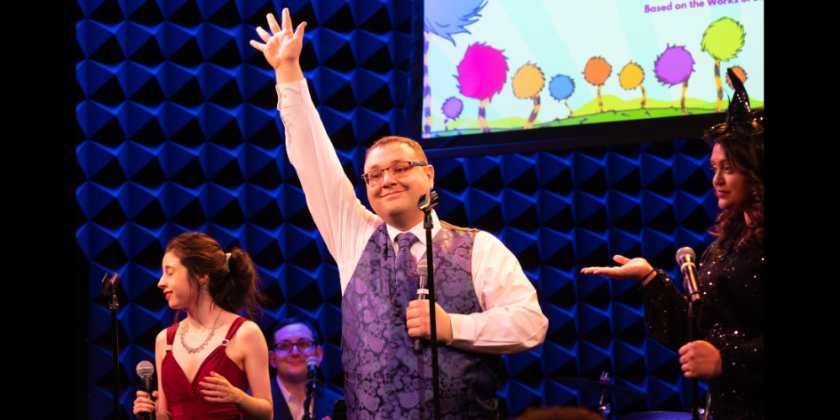Impressions from California: Mark Morris' “Layla and Majnun”
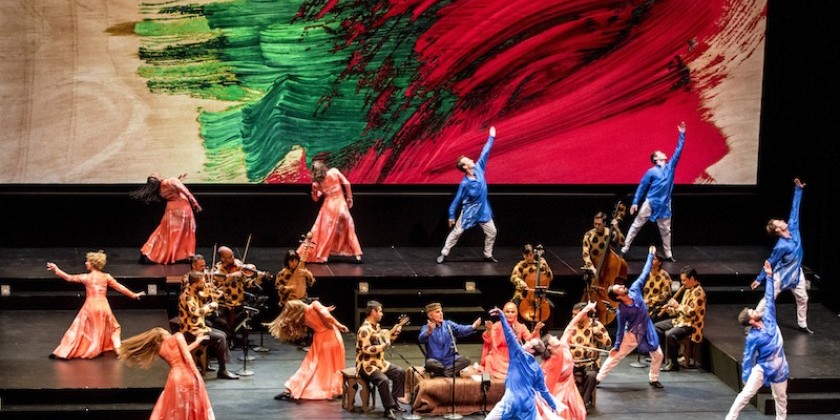
Friday, September 30th, 8pm
Zellerbach Hall, University of California at Berkeley
Music: Traditional Azerbaijani, Layla and Majnun by Uzeyir Hgjibeyli (1885-1948), arranged by Alim Qasimov, Johnny Gandelsman and Colin Jacobsen
Choreography and Direction: Mark Morris / Scenic and Costume Design: Howard Hodgkin
Lighting Design: James F. Ingalls / Set realized by: Johan Henckens / Costumes realized by: Maile Okamura
Musicians: Alim Qasimov and Fargana Qasimova with The Silk Road Ensemble
Dancers: Sam Black, Rita Donahue, Domingo Estrada, Jr, Lesley Garrison, Lauren Grant, Brian Lawson, Aaron Loux, Laurel Lynch, Stacy Martorana, Dallas McMurray, Brandon Randolph, Nicole Sabella, Billy Smith, Noah Vinson, Michelle Yard
For years, The University of California at Berkeley's Zellerbach Hall has served as a second home for Mark Morris Dance Group, so much so that Morris often debuts works there before bringing them to Brooklyn. Residents eagerly anticipate the company’s trips, and excitement buzzes as the lights dim for Morris’s latest world premiere.
Layla and Majnun is a collaboration initiated by Yo Yo Ma’s Silk Road Ensemble, an organization that promotes multicultural artistic exchange. The piece uses music and dance to depict the Arabic tragedy of Layla and Majnun, star-crossed lovers who face opposition from their families (predating Shakespeare’s Romeo and Juliet by over 1000 years!).
The intersection of Western dance and instruments with the Azerbaijani tradition proves to be challenging. Layla and Majnun merges stunning and disparate pieces — at times all elements meld fluidly, at times the union feels forced.
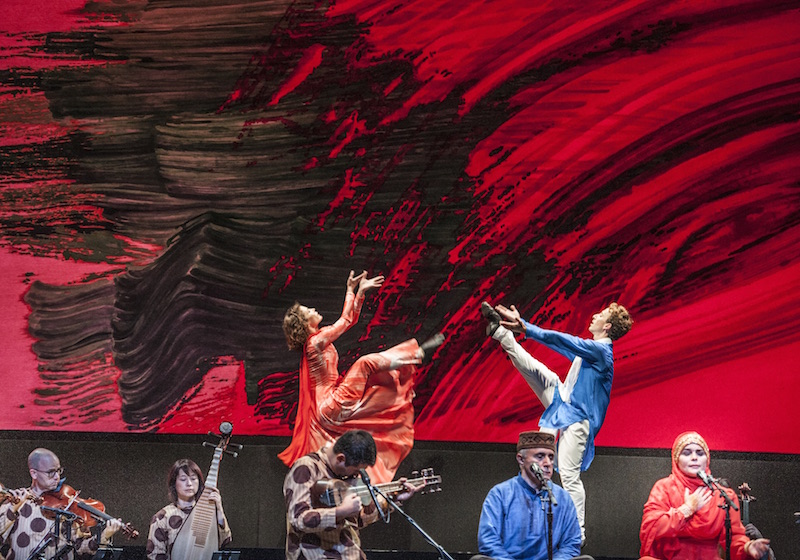
Dancers L to R: Laurel Lynch, Aaron Loux; Musicians L to R: Nicholas Cords, Wu Man, Zaki Valiyev, Alim Qasimov, Fargana Qasimova; Photo: Susana Millman
The evening opens with a musical prelude. Foreshadowing the dance to come, four musicians sway with their instruments as they cycle through three genres of traditional Azerbaijani music: a folk song, an improvisation, and a romantic lyrical song. Zaki Valiyev’s expressive, meandering improvisation on the tar, a hollow, stringed instrument played like a banjo, impresses the most.
Uzeyir Hajibeyli’s opera features twelve dancers and twelve musicians. Father/ daughter duo Fargana Qasimova and Alim Qasimov sit side-by-side at center stage singing the parts of Layla and Majnun. Morris knows how to orchestrate bodies in space, and the large cast flows naturally around a two-tiered stage, creating pockets of activity that highlight the duet against the corps of dancers. He uses movement motifs that draw from an impression of Arabic style, such as a flexed hand or an angular, bent elbow.
Howard Hodgkin's bold set design features an abstract clash of red and green paint across a pink background. He costumes the men in royal blue and the women in flowing corral dresses. Against the auspicious backdrop, a kaleidoscope of brilliant, whirling color emerges.
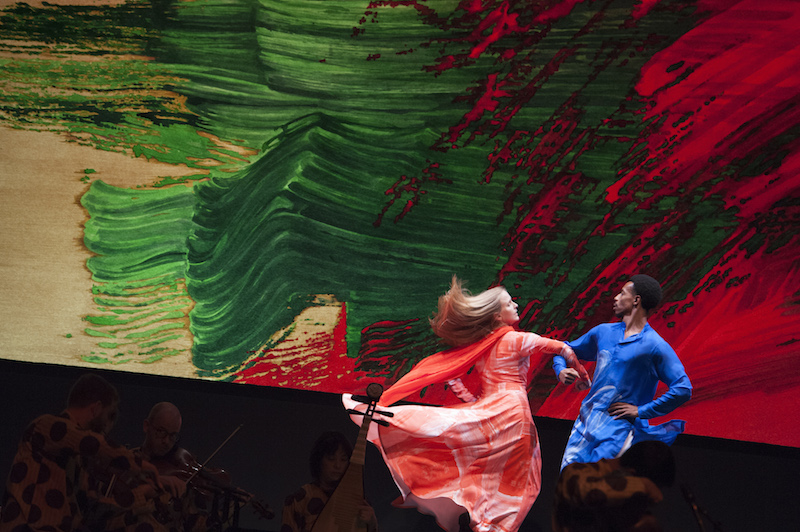
Dancers Lesley Garrison, Durell R. Comedy; Photo: Susana Millman
The characters of Layla and Majnun are portrayed by four different couples throughout, which displays the vast talent of Morris’s company. Layla and Majnun circle each other — drawn together by a magnetic force, yet their bodies do not touch, a representation of their elusive love. They echo this desperation in extended, reaching gestures.
A one-sentence translation flashes above the stage, clueing us in to what is happening. While poetic ("my soul is on fire because we are apart"), the translations lack detail, making the story feel tepid. We crave the intricacies expressed in the haunting vocals.
Simple, ceremonial movement combined with droning music casts a meditative, even hypnotic mood. These lulling moments are contrasted by instances of great intensity. In “Layla’s Unwanted Wedding” (Act IV), driving rhythms are echoed with angry stomps and harsh unison. Mark Morris's choreographic brilliance shines through in mesmerizing canons, which often serve as a backdrop to the movement of the main characters.
As the piece reaches a high point of intensity, the Laylas enter one by one, spinning and thrashing, confused and upset (“My heart is filled with suffering that has no remedy”). The influence of Sufism’s whirling dervishes haunt their torrid performance. The two lovers plummet backwards simultaneously, landing gracefully on their backs in absolute stillness. Only in death are they finally reunited.
The Dance Enthusiast: Sharing Reviews/Impressions and Creating Conversations.
For more Impressions of Dance on The Dance Enthusiast
Share your #Audience Review of this show or others for a chance to win a Foodies delight, Gourmet Olive Oil




